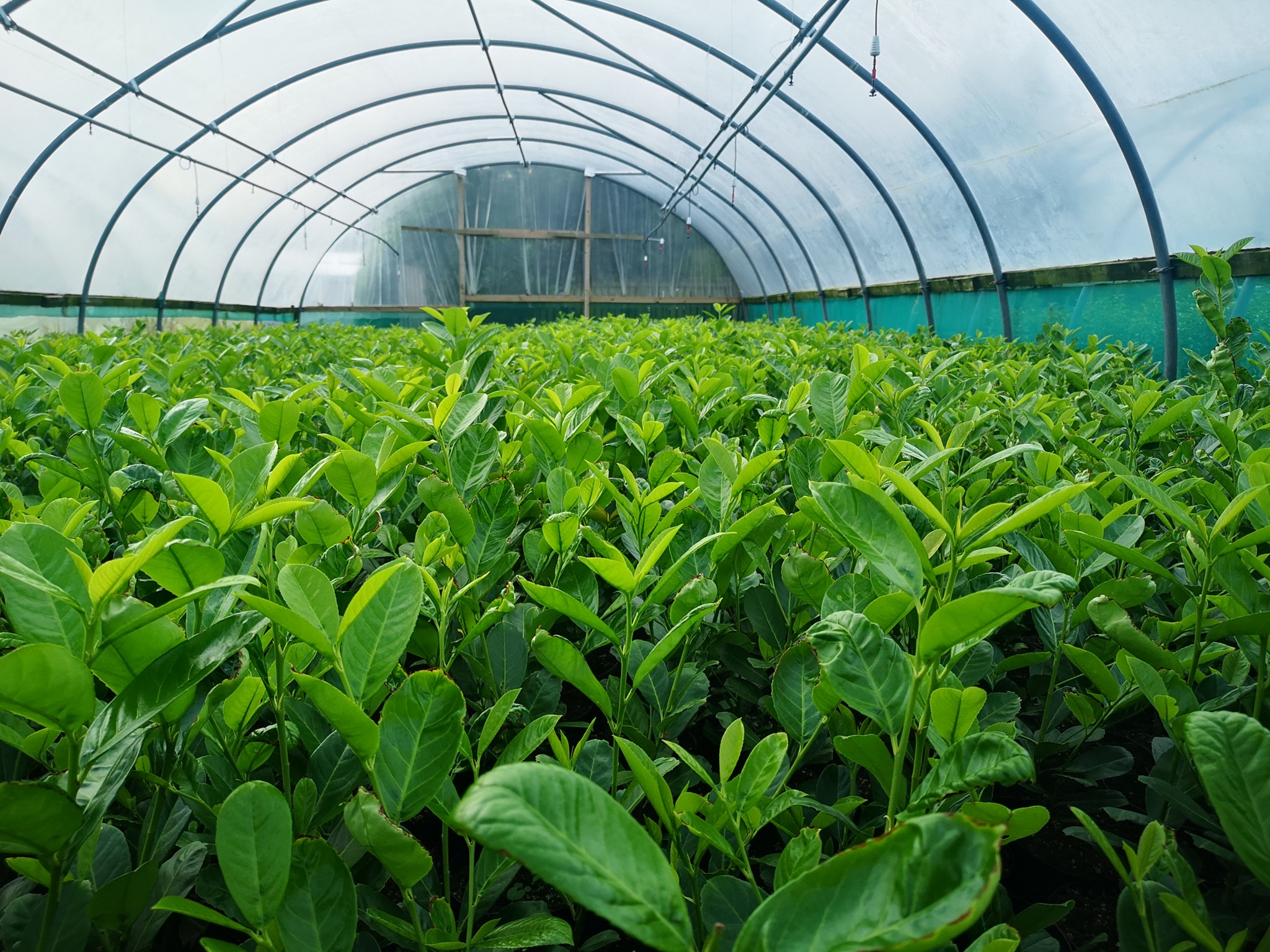Hedging Plants
Creating Green Boundaries and Natural Beauty
Hedging plants are a versatile and popular choice in landscaping and gardening, used to create living fences, screens, and borders that add both functionality and beauty to outdoor spaces. These plants are typically selected for their ability to grow densely, providing privacy, windbreaks, and a sense of enclosure. Beyond their practical purposes, hedging plants also contribute to the overall aesthetics of a garden, offering a wide range of colors, textures, and seasonal interest.

Advantages of Hedging Plants:
Privacy and Security
One of the primary reasons for using hedging plants is to establish natural privacy and security around a property. Dense foliage serves as an effective barrier, shielding the interior from prying eyes and creating a private sanctuary.
Wind and Noise Reduction
Hedging plants act as natural windbreaks, reducing the impact of strong winds and creating a more sheltered microclimate. Additionally, they can help muffle noise from nearby roads or urban areas, enhancing the tranquility of the space.
Wildlife Attraction
Many hedging plants, especially those with flowers and berries, attract birds, butterflies, and beneficial insects. They provide a valuable habitat, contributing to the local ecosystem's biodiversity.
Visual Appeal
Beyond their functional benefits, hedging plants add aesthetic appeal to any landscape. Their lush foliage, varying heights, and seasonal blooms bring color, texture, and interest throughout the year.
Erosion Control
In areas prone to soil erosion, hedging plants with strong root systems can stabilize the soil and prevent further degradation.
Popular Hedging Plant Species
Boxwood (Buxus)
Known for its dense and evergreen foliage, boxwood is a classic choice for formal hedges. Its ability to be pruned into various shapes makes it ideal for creating topiaries and geometric designs.
Leyland Cypress (Cupressocyparis leylandii)
A fast-growing evergreen conifer that can quickly create tall and dense screens. Its feathery foliage provides a lush backdrop.
Privet (Ligustrum)
Privet is a versatile deciduous or semi-evergreen shrub with various varieties to choose from. It is an excellent option for medium-height hedges and responds well to pruning.
Laurel (Prunus laurocerasus)
With its glossy, dark green leaves, laurel offers a lustrous and attractive hedge. It is an excellent choice for creating privacy screens.
Beech (Fagus)
Beech hedges exhibit beautiful, wavy-edged foliage that adds texture and interest to the landscape. They retain their leaves through winter, providing year-round privacy.
Hornbeam (Carpinus betulus)
Hornbeam offers green foliage that turns golden in the fall, adding seasonal interest to the garden. It is often used for formal hedges and responds well to pruning.

Join Us on this Green Journey
At Millview Nursery, we envision a world where everyone finds joy in the art of gardening and connects with nature's wonders. Whether you're an experienced gardener or just starting to explore the joys of plant cultivation, we invite you to visit us and experience the Millview difference firsthand. Join us on this green journey, and together, let's cultivate growth and nurture dreams.

